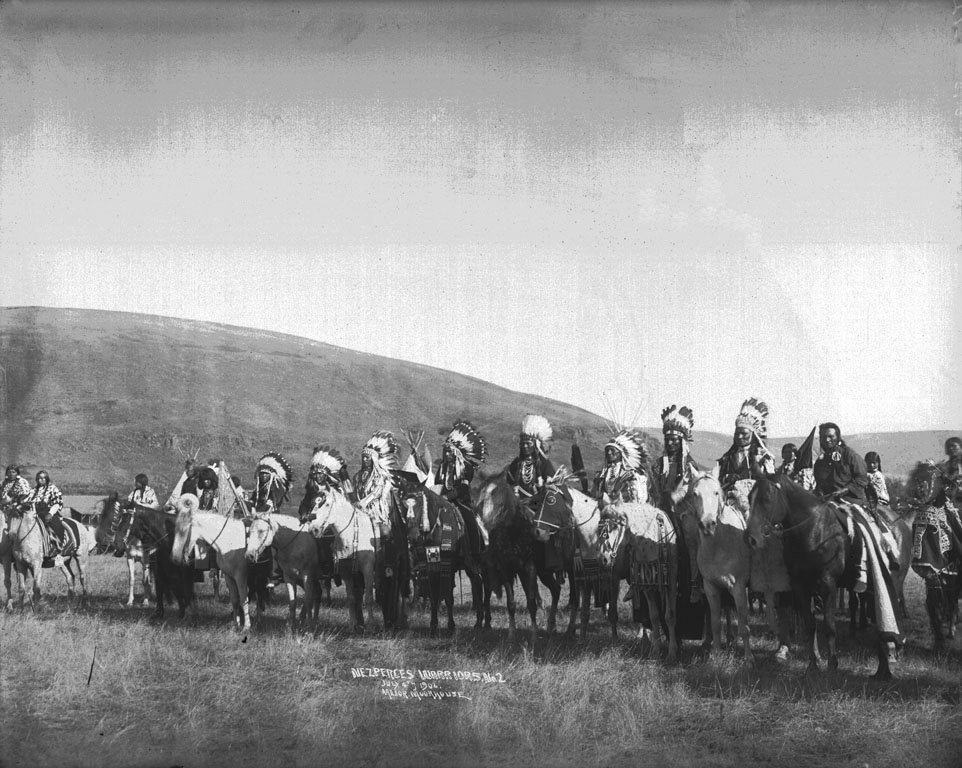 In June, 1877 just one year after the Custer debacle, a new and unexpected Indian outbreak flared in the West. To an American public wearied and disgusted with governmental policy, or lack of policy, that seem to breed Indian wars.
In June, 1877 just one year after the Custer debacle, a new and unexpected Indian outbreak flared in the West. To an American public wearied and disgusted with governmental policy, or lack of policy, that seem to breed Indian wars.
This one, an uprising by formerly peaceful Nez Perce of Oregon and Idaho, was dramatized by what appeared to be superb Indian generalship.
One army detachment after another officered by veterans of the civil war, floundered in battle with hostiles. Western correspondents telegraphed the progress of the great, 13,200- mile fighting retreat by the Indians.
Swaying popular imagination in behalf of the valiant Nez Perce and one of their leaders, Chief Joseph, who as handsome and noble in appearance as a Fenimore Cooper Indian, was elevated in the public opinion into something of a combined national hero and military genius.
The government received no laurels, either, as the long trail of bitter injustices that had originally driven the Nez Perce to hostility became known. The war, like more Indian troubles, had stemmed from a conflict over land. For centuries the Nez Perce had occupied the high grassy hills and canyon scarred plateau land where Washington and Idaho come together.
A strong and intelligent people, they had lived in peace and friendship with the whites ever since the coming of Lewis and Clark in 1805. It was their proud boast that no member of the tribe had ever killed a white man.





